Storytelling session: Digging through annals of history
Speakers share experiences of partition and migration to Pakistan.
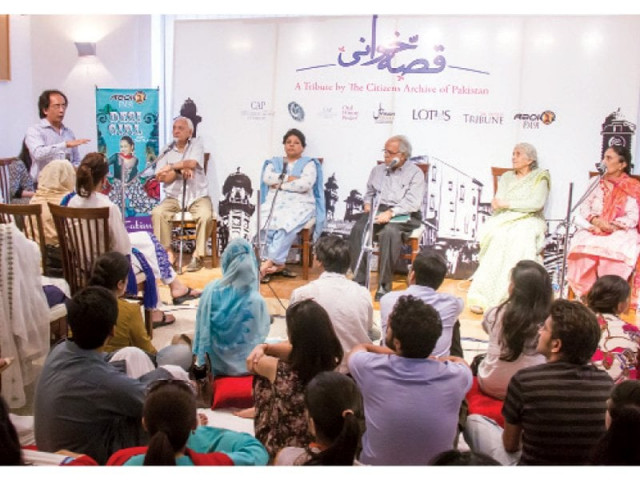
Panellists speaking to a captivated audience. PHOTO: RIZWAN GILL
Intertwined with the story of Pakistan are the life stories of those who have seen it evolve over the decades. They have lived through the realities of partition of the Indian Subcontinent and migration to Pakistan. While harbouring hope, they have also known heartache and turmoil and have stories to tell.
In a spirit to commemorate their collective journey, the Citizens Archive of Pakistan (CAP) held a storytelling session under its Oral History Project at Kuch Khaas on Thursday. Exploring the theme of “Migration and Refugee Camps” a video ran black and white scenes of people in exodus, the trains and airplanes they boarded on and the camps at mainly public buildings where they stayed following the migration.
“We wanted to give an idea of the early years of Pakistan, how the institutions were set up, what it felt like and most importantly, have an old history archive that the current generation can preserve and take forward,” CAP President Sharmeen-Obaid Chinoy said, while explaining the project’s efforts to document, preserve and honour history.
Khajista Farhat Ghazi, only 19 years old at the time of partition, recollected the journey with ambivalence. “I was naturally anticipating being in the newly-formed country but only realised the gravity of the situation upon reaching Delhi,” she said.
Accompanied by her husband, then a captain in the army and a seven-month-old son, she traveled on a bus carrying troops and arsenal, that was deliberately stopped at every checkpoint along the way. In three days’ time, they had not even covered half the distance to Pakistan. She remembered crying throughout the journey and wondering if she would even live to talk about it.
Poet and writer Kishwer Naheed, spoke about the harmony she lived in with her Hindu, Christian and Sikh friends in India. She reminisced playing gilli danda with her brothers and idolising “Aligarh girls” as heroines.
But with the announcement of partition, things changed for the worse. Her father was sent to jail and her family asked to leave. “We were suddenly reminded that we were Muslims… one of my cousins survived the massacres only because he was thought to be dead,” she added.
Nasreen Cheema, who came from a political family, recounted the thrill of chanting the slogan, “Apna sar katwa ke rahenge, Pakistan banwa ke rahenge” without quite comprehending what it meant. Participating in jalsas and seeing Quaid-e-Azam were major highlights for her as a little girl.
However, she lamented about where it has all led to. “We came here with dreams of a new country and not to get mired in tragedy,” she said, referring to the recent terrorist attacks in Quetta. Those who chanted “Pakistan ka matlab kya, La Ilaha Illilah” were the very ones to oppose the secular and liberal country that Quaid envisaged, she added.
Writer Hamid Alvi, who came from Jhalandar, maintained the migration took place for the fear of death. He spoke about the riots in Lahore and insecurity among locals. He narrated the “pyramids of bodies” that he witnessed as a young boy, an image he still finds hard to forget.
In the question-and-answer session, an audience member commented that it was not that Muslims sacrificed for their homeland but that they were made to sacrifice their homeland. “If things were in perfect harmony, then why could not the various ethnicities keep on living together?” To which a woman in the audience replied, “To throw off the yoke of British colonialism. So it was more about independence than migration.”
Published in The Express Tribune, June 22nd, 2013.

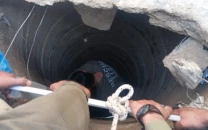
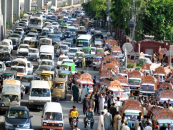
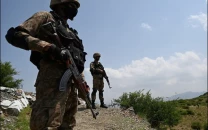
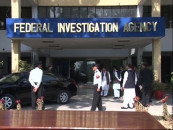
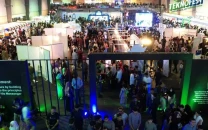













COMMENTS
Comments are moderated and generally will be posted if they are on-topic and not abusive.
For more information, please see our Comments FAQ